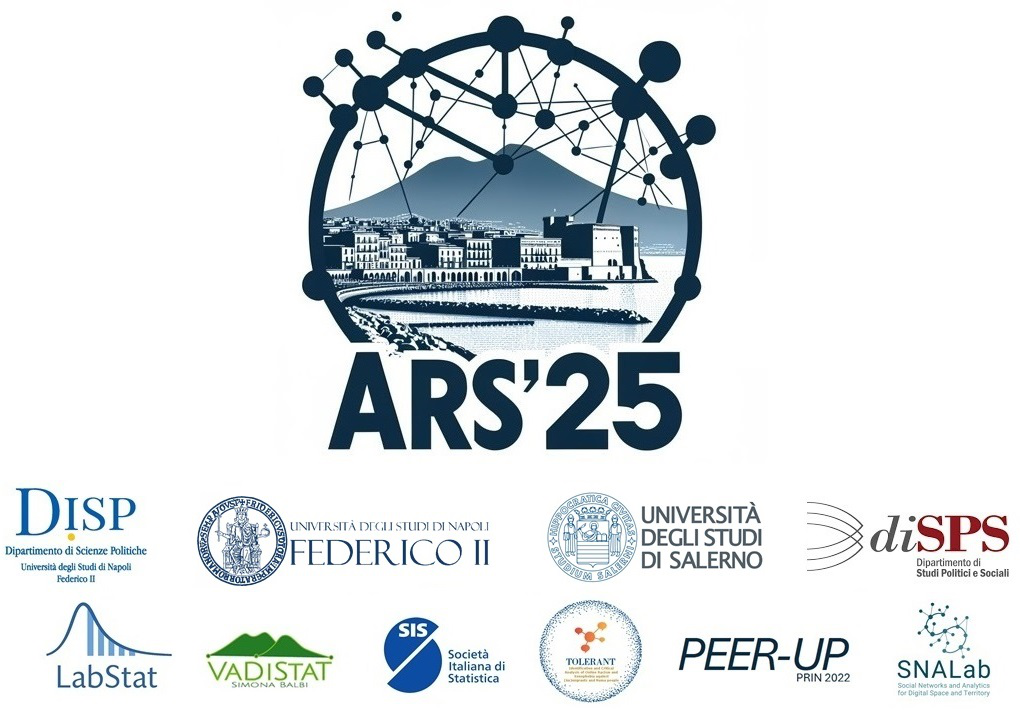Speaker
Description
One of the most significant challenges facing society is the development of effective mechanisms that can ensure the security of citizens while facilitating comprehensive economic and social advancement. This study identifies the commercial areas of Bogotá, Colombia, which are critical points in terms of security, and proposes a strategic allocation of police resources in order to optimise their coverage and response times. The methodological process was executed in accordance with the guidelines set forth in the Cross-Industry Standard Process for Data Mining. Geospatial analysis techniques were employed, including the Density-Based Spatial Clustering of Applications with Noise (DBSCAN) algorithm to identify commercial zones and the graph theory to model the security network. Additionally, data from the Special Administrative Unit of Land Registry and the locations of National Police stations and precincts were utilised. The results demonstrate the identification of 241 commercial zones in Bogotá and propose a strategic allocation of police resources based on degree centrality and a stable matching algorithm. The integration of related techniques allowed for the generation of an innovative approach that combines the accurate identification of critical commercial zones with a data-driven optimisation of police resources. This not only increases the understanding of security dynamics in urban commercial areas, but also provides a robust public safety decision-making tool for the city.
Keywords/Topics
Trade, Crime, Crime prevention, Economic development, Crime prevention, Government policy, Crime prevention.

